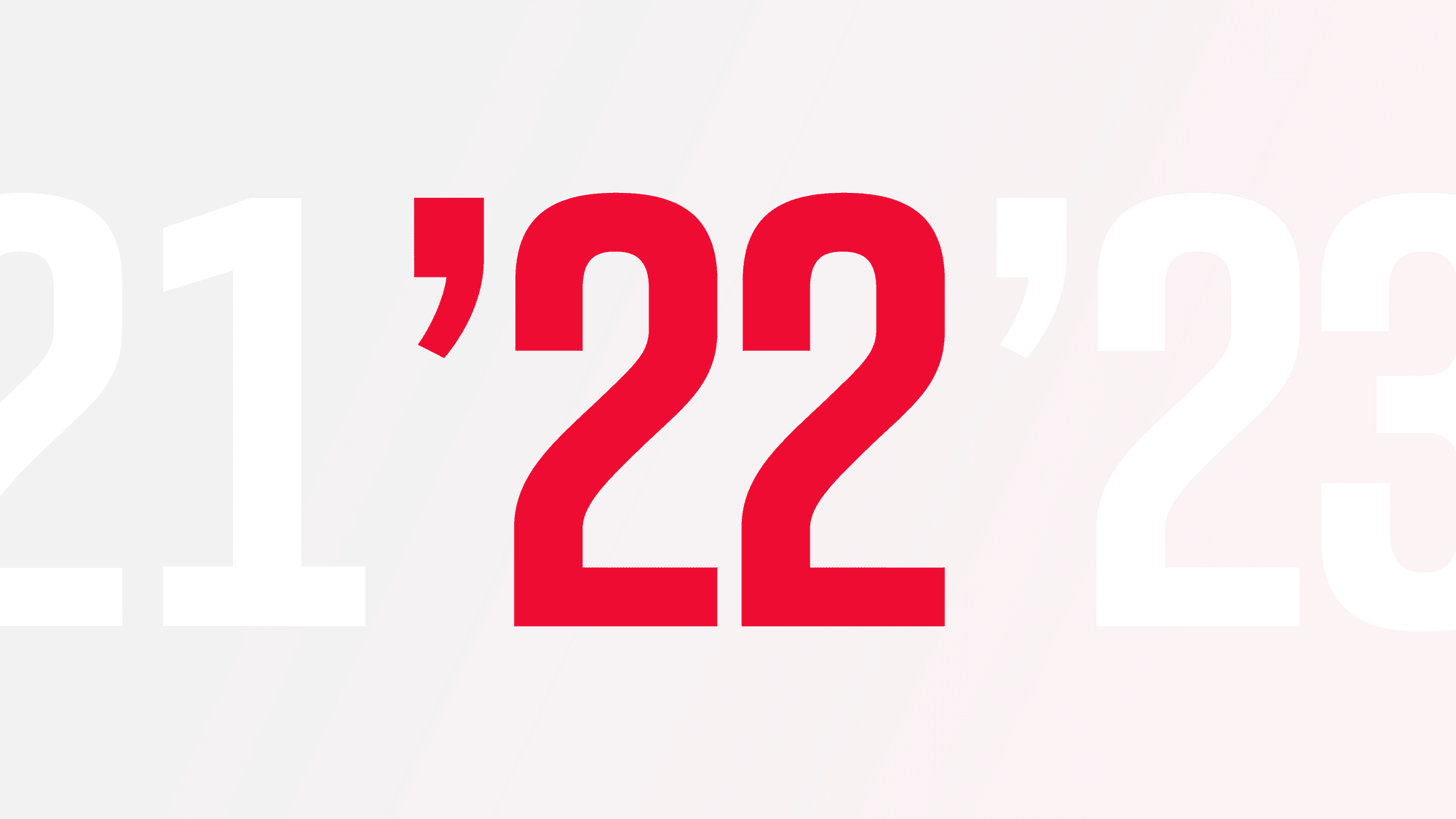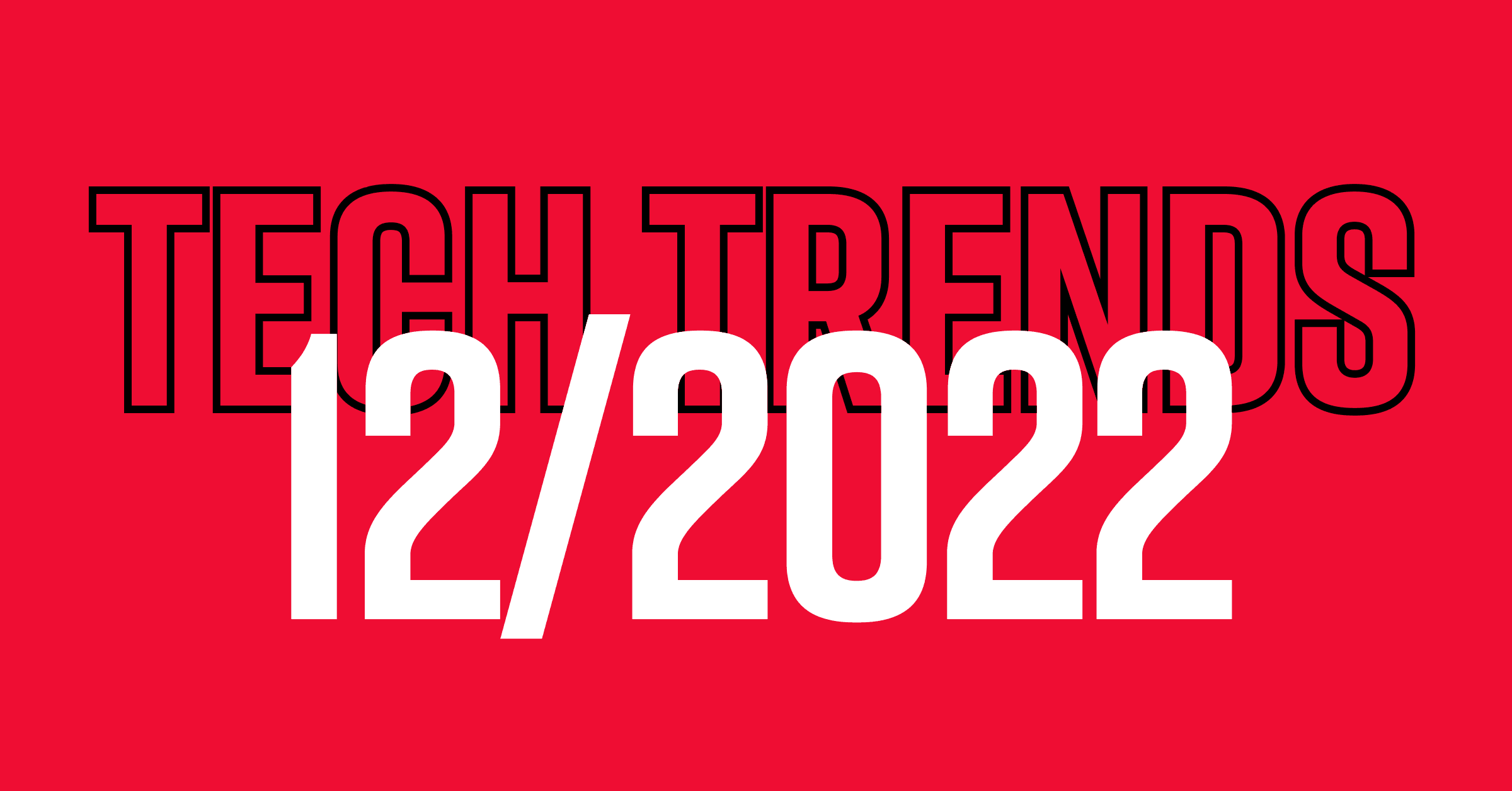Where did the events take place? How were they organized? What’s something to know before you choose to attend next year? And where are all the recordings?! Let’s get straight into it — starting with iOSDevUK.
iOSDevUK
iOSDevUK is a conference for approximately 250 visitors and takes place in a town called Aberystwyth on the west coast of Wales, which has 2 consequences. First, it takes time to get there (but the train trip is lovely). Second, the venue is pretty much secluded and, with the low-ish number of participants, it has a very friendly, family-like atmosphere.
The conference is organized by Neil Taylor and Chris Price from Aberystwyth University (attended by King Charles III) and you can buy accommodation at the university dorms (private rooms, very nicely renovated) together with the conference ticket.
This year was already the jubilee tenth year of the conference, which didn’t mean anything special — except for the colorful x on the background of the conference logo — but it proves that the event has quite a tradition.
The conference has two tracks where participants can choose from two talks happening at the same time. We appreciated that on the first day, one track was purely about tech topics and the other was a bit softer, so people could choose based on their preference and stay in one hall.
Unfortunately, as far as we know, the talks weren’t recorded (even though there is a promising YouTube profile where some videos might appear). But we’ll try our best to sum them up, with links to speakers and even some material.
Summaries of the Best iOSDevUK Talks
There were quite a few talks that weren’t really innovative but gave a great overview of the topics, along with some code examples.
We learned something about Swift Concurrency, new additions to SwiftUI introduced at WWDC 22, capabilities of custom Siri Intents, strengths and weaknesses of SwiftUI Canvas view, Swift Package Manager plugins, productivity of prototyping in Swift Playgrounds, writing websites in Swift with Publish framework and more.
Let’s go over a few talks that caught our attention.
Mysteries of SwiftUI Text View
This talk was given by Natalia Panferova, ex-Apple engineer who participated in designing and building SwiftUI APIs. Natalia lives in New Zealand and wasn’t able to come to Europe, so she presented her talk online — and this one was recorded.
The title sounds a bit cryptic but the talk was actually very practical. Natalia went over a few not very well-known features of Text view and listed all available initializers, with tips about what initializer to choose depending on your needs.
Remember Me: A Guide to Memory Debugging
Luke Parham is also an ex-Apple engineer who used to focus on the performance of everything from data structures in AutoLayout to memory patterns usage in SpringBoard. So if you’re guessing that the talk was really low-level, you are right.
We dove deep into common issues of iOS apps being killed by Jetsam because of memory reasons and investigated ways to debug these issues programmatically in the console — which can also be used to automize the memory footprint of your apps across builds.
If you are new to iOS app optimization, you can check out Luke’s tutorial about Instruments.
Programming in Xcode With Your Eyes Closed
If you follow our monthly Swiftly Highlights, you might have noticed that we sneak in a topic about accessibility here and there because we believe that making apps accessible is important. Adin Cebic brought it to the next level and spoke about the accessibility of Xcode itself — and how he, a visually impaired developer, interacts with it on a daily basis.
The bottom-line message: Xcode is quite visual-impairment friendly (in comparison to other IDEs), Adin Cebic can benefit from Apple thinking of engineers with disabilities and we should all think of our users in a similarly thoughtful way.
Previews and Packages Oriented Programming
Daniel Steinberg is a well-known celebrity within the Apple community because he always has something interesting to say. This time, he hit the stage with a controversial statement: He liked the * symbol and header files in Objective-C. Why? Because the asterisk clearly marked the reference types, and the header files clearly defined the class interface.
And what was the point? Property wrappers in SwiftUI views basically supplement the asterisk, i.e. they mark references. SwiftUI previews are great because they make us think about the way we instantiate a view, i.e. about the interface. And Swift Packages are even better because everything that should be exposed outside of the package must be explicitly marked with the public keyword, so it makes us think about the interface.
Becoming an iOS Developer, Again; Next Step: Management?
Don’t get confused — these are the names of two different talks that were given separately by Michał Waśniewski and Leah Vogel, respectively. Why did we concatenate them? Well, they were very much related!
Michał Waśniewski talked about his experience with switching from a management role back to development, and Leah Vogel shared her point of view on offering/accepting the opportunity of switching from development to management.
Key takeaways: Don’t even think of management if you don’t genuinely like people. Do not perceive switching from development to management as a promotion; it is a career path switch with different objectives, responsibilities and necessary skillset — and it doesn’t have to be accompanied by a salary increase.
If you feel like making the switch, go for it; you can always change your mind and, luckily, switching between management and development is perceived as a standard thing nowadays.
NHS COVID-19 App: Delivering a Resilient App at Speed
Mo Ramezanpoor got a unique opportunity on the background of the unpleasant happenings around the Covid-19 pandemic: He collaborated on the NHS Covid-19 application for contact tracing and virus spread monitoring built on top of the Exposure Notification framework.
Having such an app installed on your phone is a very sensitive topic, so the team had to proceed as transparently as they could — while developing it as fast and flexibly as possible and retaining stability and code standards at the same time.
They definitely did a great job of being transparent and fast. Plus, the code is open-sourced, so you can check out the NHS Covid-19 repository to see if they succeeded in the latter.
11 Years of Talking About iOS Development
This one was pretty melancholic but very pleasant. Dave Verwer, the founder of iOS Dev Weekly and a speaker at the first year of iOSDevUK, talked about his experience of being an entrepreneur and iOS developer for many many years. During the talk, we even watched Steve Job’s introduction of the first iPhone, and everyone had goosebumps.
Long story short, iOS is an awesome operating system that’s significantly evolved throughout the years, and iOS/mobile development has become a standalone branch of the industry.
And one more thing: If you decide to become an entrepreneur, always have a backup plan!
NSSpain
NSSpain is one of the most popular iOS conferences in Europe. The capacity is limited to approximately 300 attendees and tickets are sold fast. The demand for tickets is much higher compared to others, and the Riojaforum is big enough to host even bigger conferences —but Luis Ascorbe and Borja Reinares, the conference’s founders, choose to keep it at the current scale to retain the authenticity and atmosphere.
There are two main factors that have made NSSpain so popular. The first factor is the location. Logroño is a beautiful city with an amazing historic center. Narrow streets full of tapas bars are a great place for networking. Logroño is the capital of the La Rioja province, which is well-known for its vineyards. September is the month of the trampling of the grapes, so it’s no coincidence that NSSpain takes place just before Fiestas de San Mateo — Rioja Wine Festival.
The second factor is the speakers and MCs. The event always includes top names from the community or potential future Swift stars from all over the world. The conference takes two days, with a traditional party after the first day. That party is always in a winery, making it a great mix of wine and networking.
This year marked the tenth edition of NSSpain. So, as a follow-up to the online edition from the previous year, all three MCs (the online version was 36 hours in a row and MCs covered all continents) were invited in person.
All talks from the conference are available on Vimeo. For images and comments, check Twitter.
Summaries of the Best NSSpain Talks
NSSpain talks always include a variety of technical, motivational and experience-sharing topics.
The MCs — Daniel Steinberger, Berta Devant and Tim Oliver — welcomed more than twenty speakers to the stage, and all of them killed it. After lunch, during the longer breaks, it was time for lighting talk sessions.
We’ll now cover the details of the presentations we found most interesting.
Composable Architecture at Scale
The kick-off talk touched on a topic that resonates a lot in the community: Composable Architecture, a concept of modern architecture inspired by Redux and unidirectional data flow.
Krzysztof Zabłocki, author of the Sourcery library and other open-source tools, shared his experience with using TCA. He’s currently working on the Browser of the Future, which is one of the largest projects using TCA.
Overall, he’s found three downsides when using TCA and has been discussing possible solutions with members of the community. These problem areas are exhaustive testing, lack of Action access control and performance scaling.
Fun fact: After registering for this talk, Krzysztof realized that one of the speakers is Brandon Williams, co-founder of TCA.
Designing Powerful APIs With Progressive Disclosure
Hiralee Malaviya is a senior iOS developer at N26 bank. She posed a great question: How do you design a powerful, solid API? APIs are usually very complex and developers are more into the code than human understanding. Progressive Disclosure is an interactive pattern used in UX design. Essential information is a priority, but API should abstract multiple variants.
Celebrating App Icon Design
Apple products and systems have always been focused on design. During the evolution of iOS, the app's icon design requirements have changed many times — from rich 3D-like icons to pure clean flat designs. Michael Flarup calls it the “Golden Age of Icon Design.”
Michael is a Danish veteran designer who decided to put icons on paper. For years, he’d been working on a book that studies app icon evolution. And honestly, the book is awesome!
Server-Driven UI, from macOS to iOS
Marcin Krzyżanowski introduced himself as “the guy who lives on Twitter” and gave a speech about server-driven UI. This approach is not new; big companies like Spotify or Airbnb there have made several attempts to come out with public libraries.
Marcin's team is working on a generic layout system that renders native UI depending on the platform (Android, iOS, macOS, web) by data models generated on the server. Their system also covers navigation within the app, and they’ve created a designer's studio plus a CMS to simplify their work. Both tools provide a great set of features for creating templates and working in the WYSIWYG editor.
365 Days of Accessibility
One of the organizers from Global Accessibility Awareness Days said that it was time to go from one day of awareness to a whole year of action. Daniel Devesa Derksen-Staats couldn't agree more; he's committed to helping push the iOS community to lead the way in accessibility.
It’s possible to transform the way you work to make accessibility second nature. If you’re not making your apps accessible, you’re skipping a part of your job as an iOS engineer. Daniel presented a “year tour” of accessibility topics, from must-have features to the latest news from Apple.
Crafting Responsive and Playful Interfaces
Adam Bell is a software engineer specializing in audio, animations, interactions and gestures, currently working at Netflix. He talked about his approach to animation development and what drove him to create a library Motion.
There are so many different ways to handle gestures, animations and interactions; how about upgrading an app from feeling pretty good to feeling absolutely amazing? Motion allows you to craft highly polished, interruptible, gestural interactions on iOS powered by all the latest (and some custom) technologies.
URL Routing With NavigationStack
Brandon Williams, mathematician and one of the two point-free guys behind the TCA architecture, introduced a new SwiftUI NavigationStack API — covering everything from simple sheets opening to more complex presentation flows. He also explored how to build a router that can transform nebulous URLs into a state that drives navigation in your application; magically, the same code can be used to open deep-linking URLs.
Would you like to join the STRV team? We're hiring!






